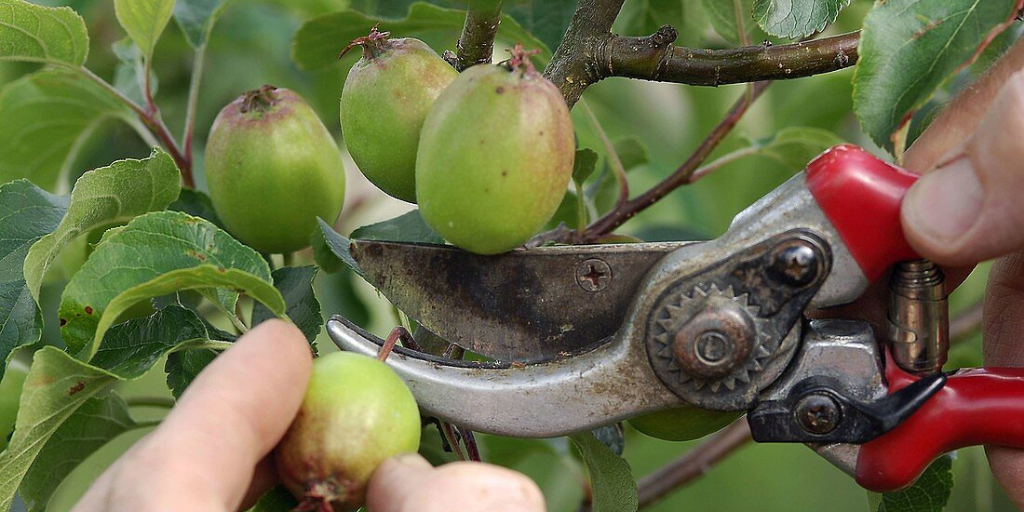
This customer showcase blog is focused on Croptracker user, Sandhar Farms. Sandhar started using Croptracker's software in January 2022 and is now in its third growing season with it. They use Spray, GAP Audits, Punch Clock, Production Practice and Harvest modules.

In this customer showcase, Croptracker would like to highlight one of our longest customer relationships with Hollabaugh Bros., Inc. Hollabaugh Bros has been using Croptracker’s spray and harvest tracking modules since 2013 and has been an important part of the continued development and improvement of the spray module.

Maintaining an apple orchard before harvest is a demanding task that needs careful attention and a dedicated team. It involves a lot of work and requires close attention to detail. A hardworking team is essential for the success of the orchard. Hand thinning is important for good fruit quality. Skilled workers remove extra fruits to make sure there is enough space for the remaining ones to grow well. The reliance on manual labor is particularly pronounced in organic orchards, where the avoidance of synthetic chemicals necessitates only manual or mechanical thinning methods. This article will explore some of the methods, tools and challenges involved in hand or manual thinning.
Labor tracking and employee management on any sized farm operation is always a challenge, but it is particularly difficult as the size of the operation increases. Labor is generally the largest expense for fruit and vegetable growers and as the scale of an operation grows, finding ways to save money and boost efficiency is essential. Managing many farms at once, across large regions or even across different countries creates many unique challenges. Finding the right tools to help make timekeeping, productivity tracking, payroll calculations, and employee management possible on this scale is vital or the task quickly becomes unmanageable. This article will explore some of the unique challenges facing commercial agriculture companies and how centralized, digitized farm management software can help.
Let our expert staff walk you through the Croptracker system, and answer any questions you have.
We are here to help.